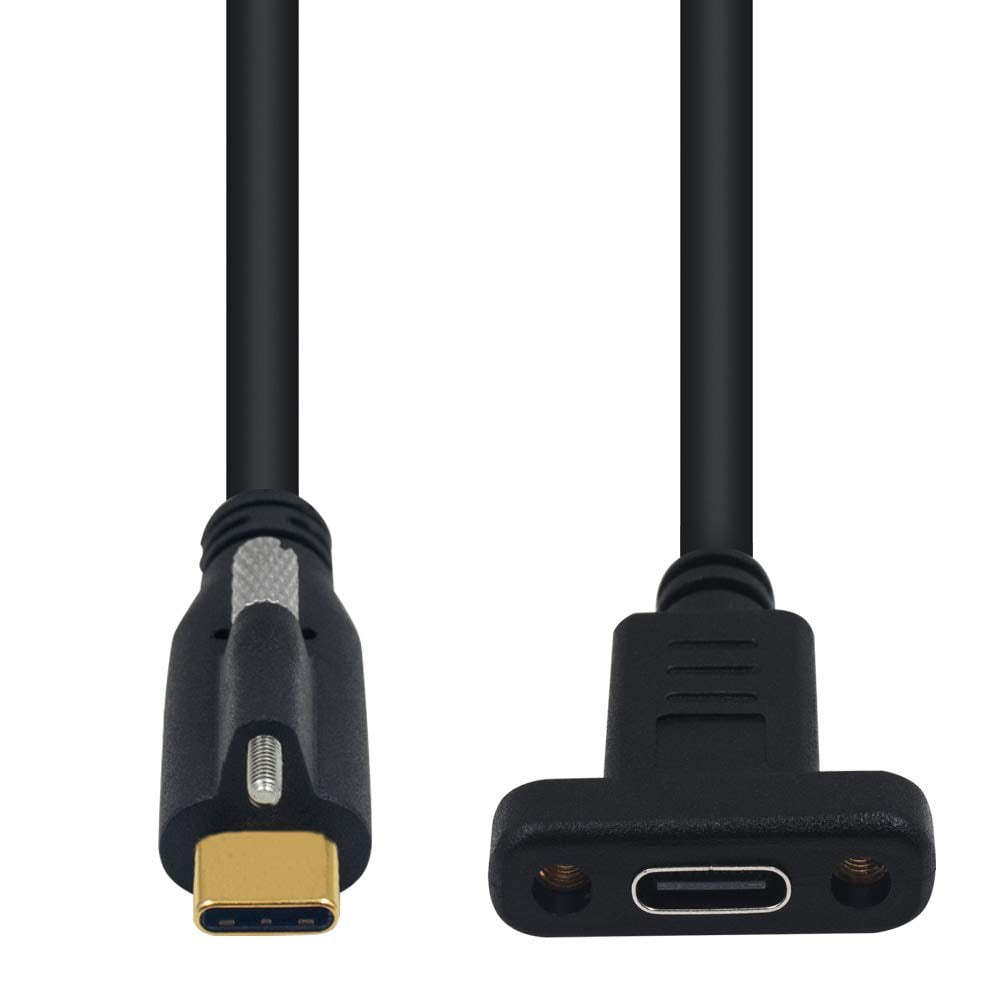

rectangular) and a USB specification which reveals how capable it is.

However, USB 3.2 has two 10Gbps lanes and is thus capable of achieving 20Gpbs.īoth USB-A and USB-C ports can support USB 2.0 to 3.2, which makes the whole thing a bit confusing since a USB port has both a connector type (USB-C vs. USB 3.0 can achieve transmission speeds of up to 5 Gigabits per second (or 5 Gbps), whereas USB 3.1 can achieve up to 10 Gbps. Most of us will never care enough to tell the difference between USB 3.0 and USB 3.2, but it's nice to know how it all works. Put simply, the more advanced versions of the USB protocol allow for faster data and power transfer.

In general, the higher the number the better, and you should be able to tell what version(s) your USB device supports by looking at the packaging and/or manual. USB 3.0 (aka USB 3.1), 3.2 and 4.0 are USB data protocols for USB connections and refer to the data formats the port can handle. USB-C is also compatible with Thunderbolt 3 and Thunderbolt 4, which is why you'll often see laptops and desktops with combo USB-C/Thunderbolt 4 ports - the port supports either cable. SuperSpeed and SuperSpeed+ support (through USB 3.0 and higher) allows for faster data transfer speeds. Support for Power Delivery lets you charge large electronics like laptops via USB-C. With an adaptor, USB-C is backward compatible with USB-A and with various connection types, including HDMI. Because of the connector’s symmetrical design, you don’t need to worry about which way you insert the cable into a port (thank goodness). USB-C ports are smaller and thinner than USB-A. It also has many features that surpass its predecessor. This is because the connection type fixes many of the problems associated with USB-A. Almost every new laptop, tablet or phone has USB-C connectivity. USB-C (or USB Type-C) is slowly becoming the standard port for consumer devices.


 0 kommentar(er)
0 kommentar(er)
